Visiting Pico Island: What’s Waiting for You?
I had already visited several of the Azores Islands, but I had a really difficult time deciding which other islands in the Azores I wanted to visit. I spent several days trying to figure out flight plans and activities that would fit into my schedule. The start of the off-season makes it more difficult to get from island to island, and at this time, there were no longer ferries that go from region to region.
Although I wanted to visit all the islands, I settled on visiting Pico Island for the mountain junkie in me. Whale watching in Terceira or hiking in Faial would be great, but would have to wait until my next trip. The Azores are actually the tallest mountain range in the world if you were to measure them from their base at the bottom of the ocean.
In Borneo, I summited Mt. Kinabalu, the tallest mountain in that region. I’ve done Mt. Washington in New England, 14ers in Colorado, and many summits in California. This was one I wanted for my bucket list as it was the tallest mountain in Portugal at 7,713 feet.
Pico Island is such an inspirational place to visit! While you’re learning the ins and outs of visiting and all the adventures waiting for you here, you may come across affiliate links to products I’ve hand-selected. If you decide to make a purchase through them, I may earn a small commission at no cost to you. I’m so grateful for your support!
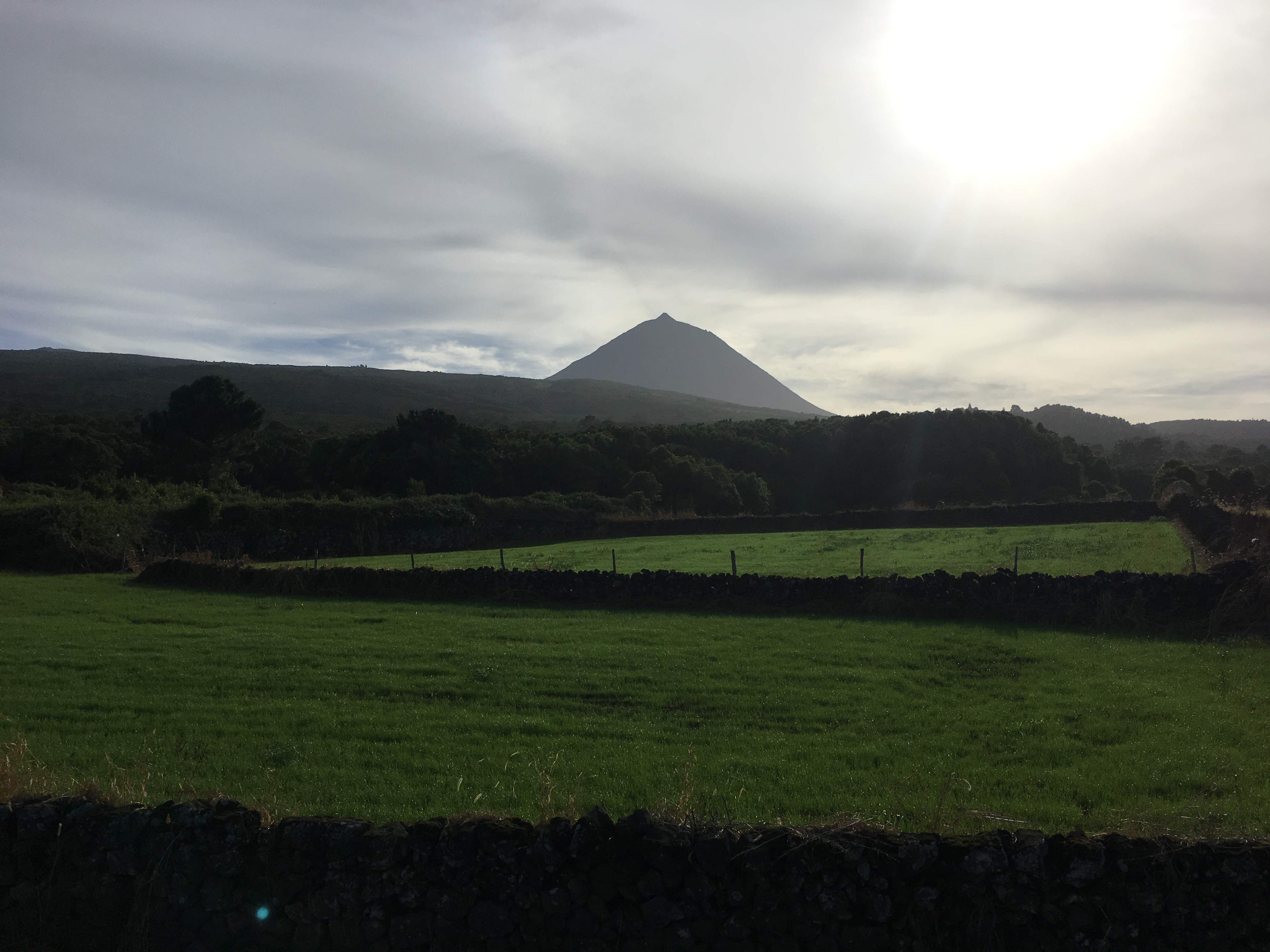
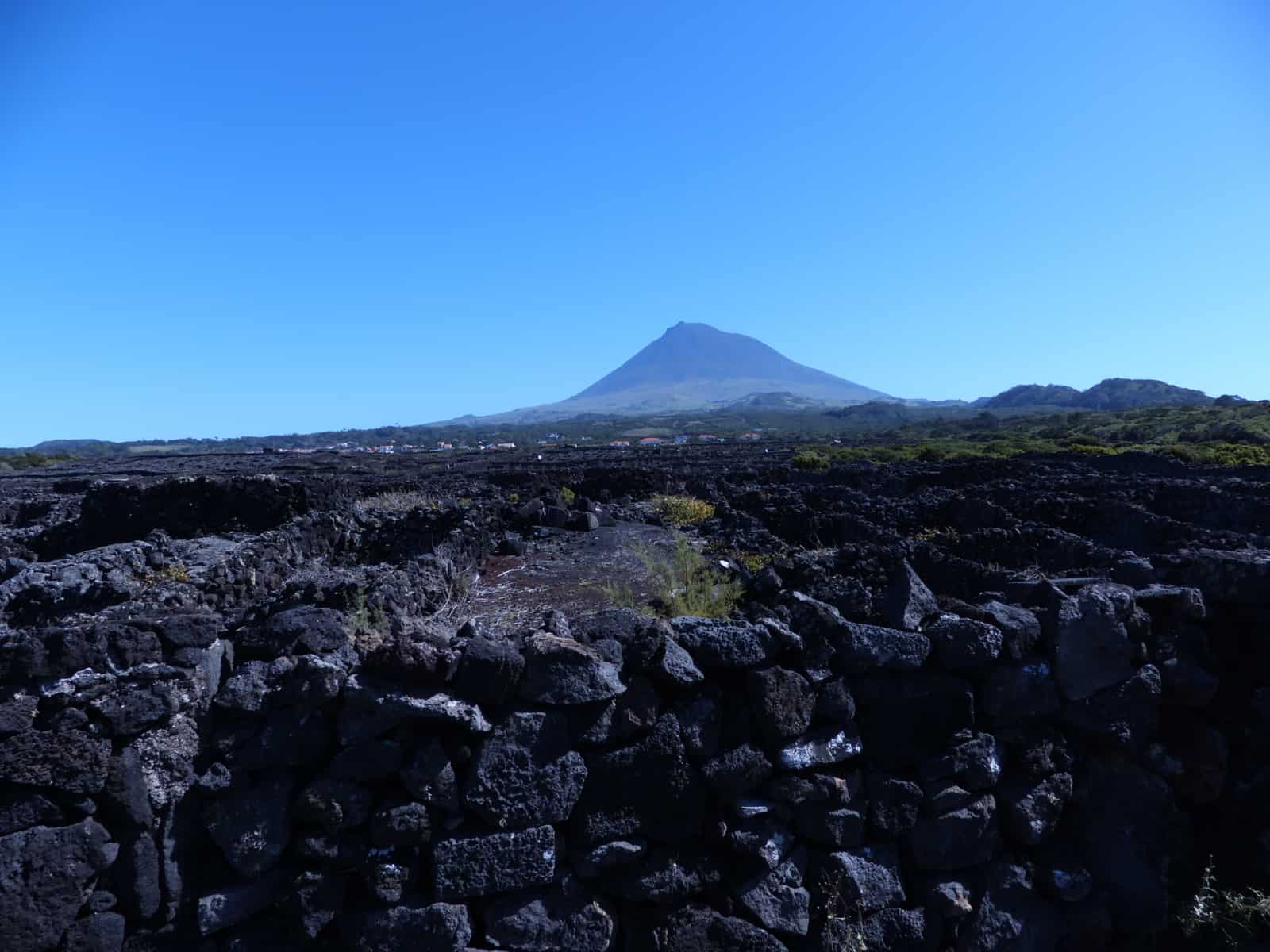
Why You Should Plan on Visiting Pico Island
Pico Island amazed me. It was like stepping back in time. People are far and few between, with rolling hills, unique vineyards, and waves crashing on the coastline. It’s certainly a place that will stick with me forever. Sandwiched in between the islands of Sao Jorge and Fiail, it is dominated by the volcano of Pico which rises up from its middle and gives a monumental backdrop to any photos you might want to take.
At just 46 kilometers long and 16 kilometers wide, this island is not huge, but it makes up for its size with its beauty and unique landscape.
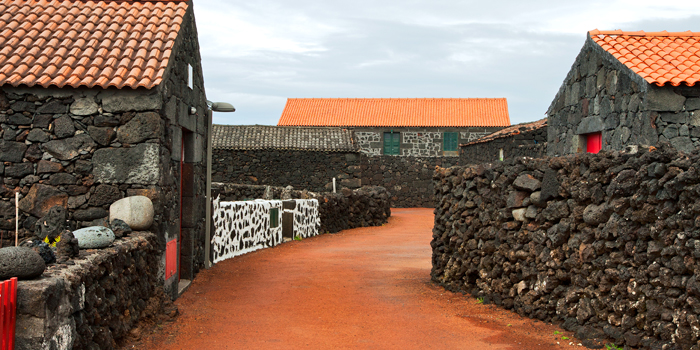
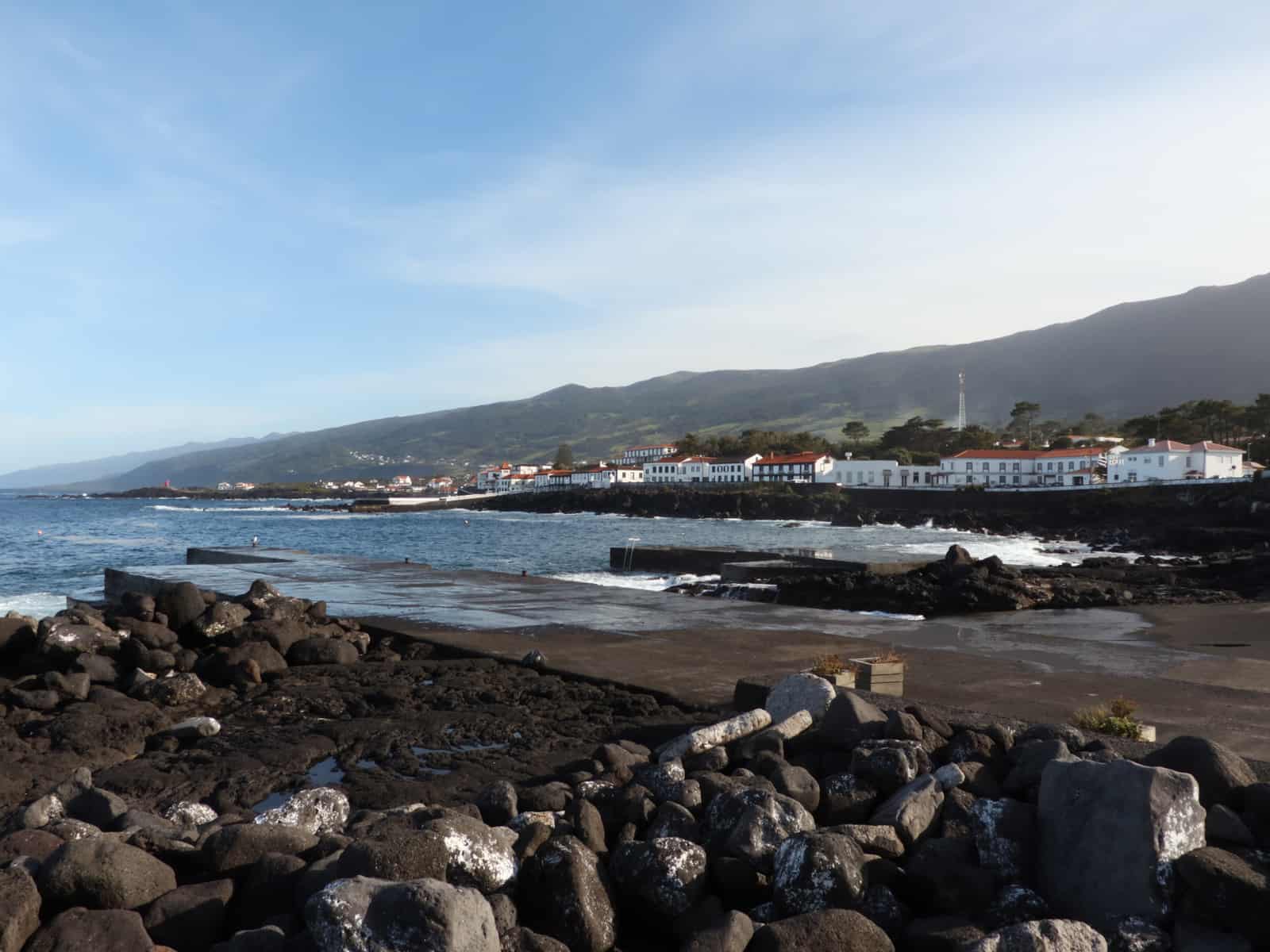
It has several small sleepy and quaint villages, all filled with houses made from the volcanic stone. Driving through the middle of the island you will pass through the national forest land surrounding Pico Mountain. It has been cow pastures for hundreds of years, and they roam freely throughout the national forest land, so don’t drive too fast.
These rolling green hills spotted with cattle will make you feel like you just walked into an episode of the Highlander. Ancient Laurisilva forest still dots some of the landscape. Small calderas, caves, and lakes dot the landscape, left over from the last rounds of eruptions this island had.
Exploring Pico Island was one of the highlights of my entire time in Portugal. It was also the first time I was to drive a manual transmission car by myself. That didn’t start out very well, but luckily for me, the island has no stoplights and even stop signs are few and far between.
I began my journey by driving up through the national forest and to the other side of the island to find the guest house I booked for the night. I made many stops along the way to mesmerize in the beauty of the land. It was a perfect day with blue skies and emerald green surroundings which made me giddy with excitement.
I stopped at a volcanic crater lake and walked by some ancient Laurisilva trees, chased around some highlander cattle, and had fun driving through the cow pastures on dirt roads in my smart car.
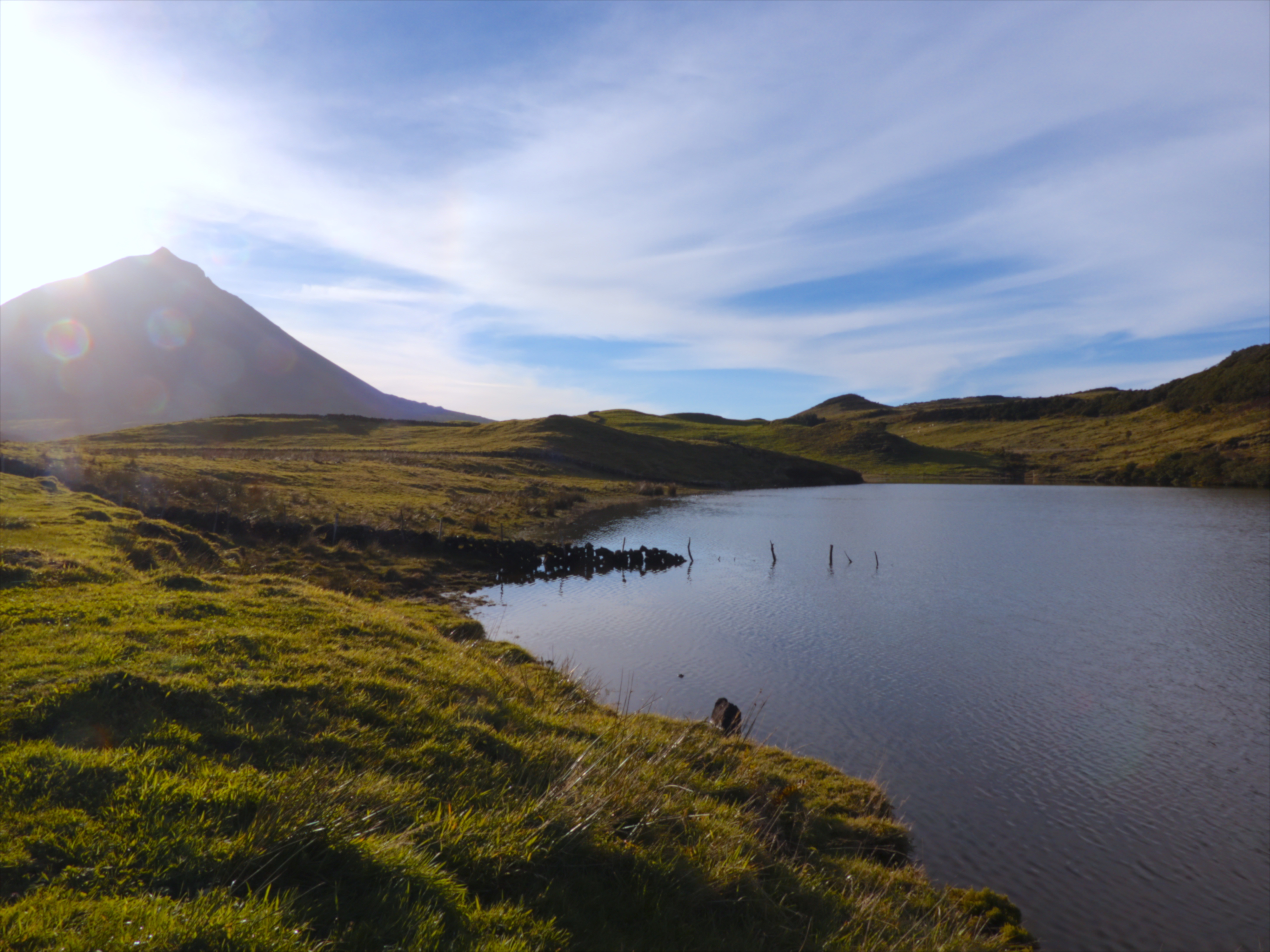
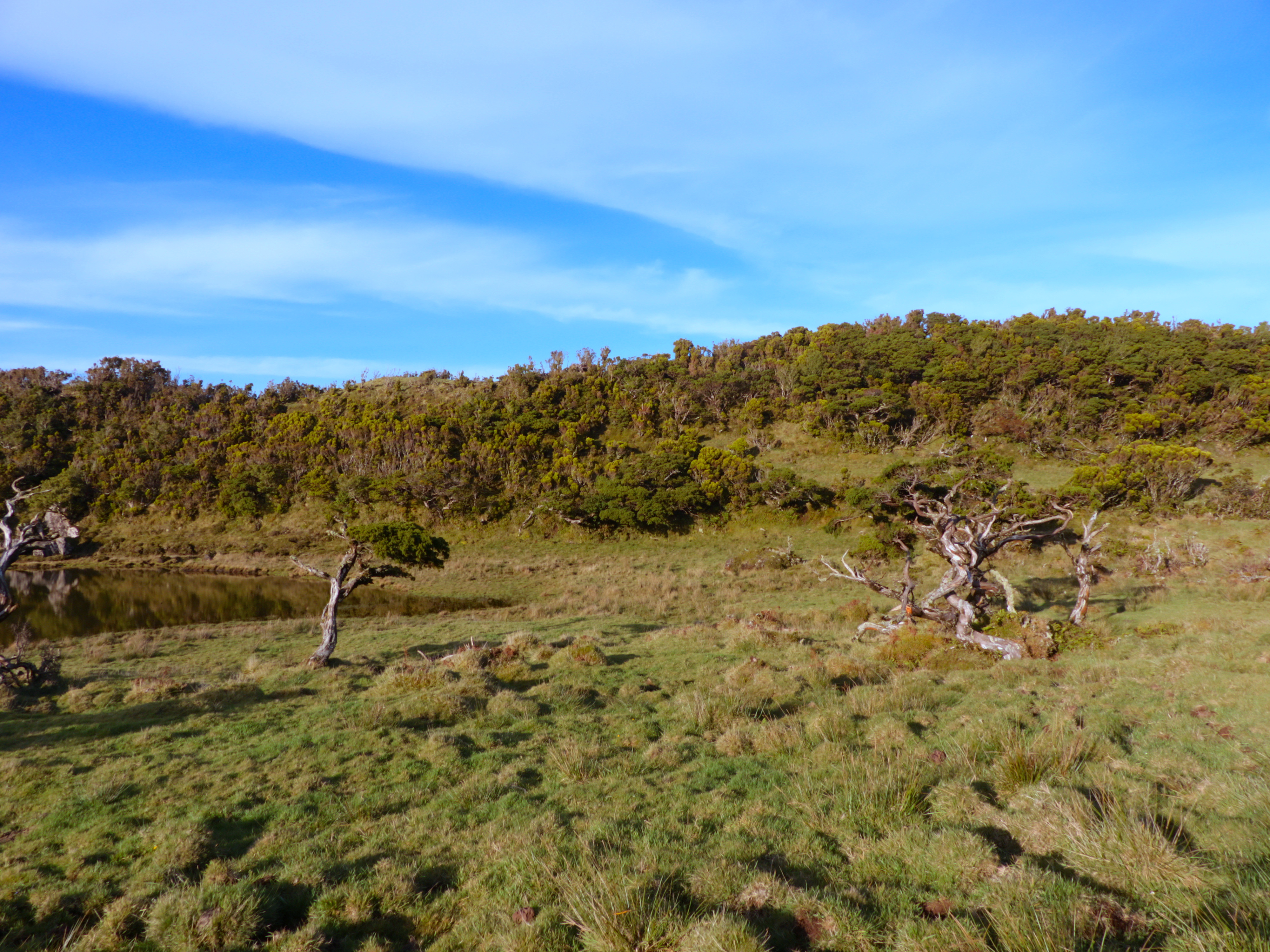
When I reached my Guest House for the night, I was greeted by the owner Helena, a wonderful and caring woman. Her home is lovely, perched on the side of a hill it overlooks the ocean far below. The rooms are oversized with full living rooms and have everything you might need.

I had an amazing dinner at Fonte Cuisine of seared tuna on a bed of spinach and roasted potatoes. This was a welcome luxury after the lack of food on the island of Sao Miguel. When I returned from dinner, Helena had left me breakfast in my room since she knew I had planned on getting up before breakfast to hike Mt. Pico.
I had read several blogs before deciding to hike this mountain, and most of them recommended hiring a guide. Several also said the best time to hike would be early or late enough to catch the sunrise or sunset. So I was set on hiking this beast in the dark to see the rising sun. I had also decided not to hire a guide.
Hiking Mt. Pico
The sun doesn’t come up until near 8am at this time of year, so I planned to begin my hike around 5am. I reached the parking lot a little after schedule and was the only vehicle for miles. I wondered to myself if this was possibly the worst idea I had ever had.
At least I knew there weren’t mountain lions or bears here. However, the thought of running into a sleeping cow in the dark didn’t ease my anxiety at all. Did I mention that I was doing this hike alone? In fact, this whole trip was just me, alone. I had not scheduled any tours or planned to meet any friends. I was relying on myself to get around and figure out my day-to-day activities.
Don’t get me wrong—I hike alone all the time, but not in an area as off the grid as this.
Slightly nervous at the thought of being alone, in the dark, on a mountainside, I set out in search of the trail. The trailhead was quite difficult to find. The parking lot has a visitor’s center and registration area. Since it was before hours, it was closed. The trail actually starts in the building, so if you are trying to do this hike after hours like me, look for the railing coming out of the building in the back which goes along the trail. You will have to jump over it to begin.
As I ascended the mountain, I was enthralled by the landscape and the stars. So many stars; more than I had ever seen before. Several times I shut off my flashlights altogether and just stared into the night sky.
The trail is made of red dirt, rocks, and vegetation. With recent rains, it was hard to tell in the dark if I was walking in the right spot. Luckily this trail is very well marked and trail markers with reflectors are separated by only a few hundred meters. I could pretty much sweep my headlamp from side to side at each marker and get a reflection for the next direction.
I hiked for about 2 hours in the dark before glimpses of sunlight began to show on the horizon. I picked up my pace as much as I could, still quite a ways from the top.
When I reached the base of the summit, it was just in time to see the sun coming up. Shining pink hues over the neighboring islands illuminated the ocean down below. The top of Pico is a cone volcano and steam still escapes from holes near the summit. The local people believe that as long as they can see steam coming out of the mountain, they will be safe for another day. The last eruption was in the 1700s.
I spent about an hour at the summit, feeling strong and accomplished for doing something I had never done before. It was magnificent. It was also freezing, so be sure to pack some gloves and a walking stick for the slippery trail.
I didn’t see another soul until I headed down the mountain. I also didn’t see anyone else hiking solo or without a guide. The hike down was hard on the knees, but I finally got to see what I had hiked up. Since this volcano is all above the tree line, it is pretty incredible to be hiking with an ocean view for the duration of your trip.
With a huge smile on my face, I headed back to my guest house, for a quick shower before heading off to explore the UNESCO World Heritage Site of the Pico Island Vineyards.
Visiting Pico Island Vineyards
The vineyard culture here stretches back a few hundred years, dating back to the settlement of these islands in the 16th century. Pico Island, unlike some of its brethren in the Azores, has a coastline that meets right up with the ocean. It has strong winds and more erosion and contact with the water. This made growing things very difficult, so the settlers of this island devised a unique way to protect their crops.
By building small rectangular plots of lava rocks, they were able to enclose their grapevines and other crops from the saltwater and high winds. This practice spread all across the island and is now protected as a World Heritage site.
It is very interesting to see this area and I have never seen anything quite like it anywhere else. Being that Pico Island is made out of 100% lava, it made perfect sense that the settlers used this resource. At the tail end of the vineyards is the wine Co-op Cooperativa Vitivinícola da Ilha do Pico, where you can taste several varieties of the locally made whites.
Whale Watching on Pico Island
Pico Island was known historically as a whale hunting island after the Americans introduced it to this area. Its great location made it the perfect place for hunters to stay while heading out on whale hunting expeditions. The island has now changed that history into a new one and offers some of the best whale watching in the world. Different species are off their coastline all year-round, and you are pretty much guaranteed to see something.
The island has two museums that recognize the history of their whale hunting days as well.
Make sure you stop by Gruta da Torres. Gruta da Torres is the longest volcanic lava tube in Portugal and part of the UNESCO-protected area. This is in close proximity to the vineyards and is very interesting if you’re into science or geology. There have been several people over the years that have been lost in these giant caverns. Tours are given a few times a day, feel free to make a reservation or just show up and wait.
After my epic day of hiking, wine touring and exploring the volcanic underground it was time to fly back to the island of Sao Miguel, where I would catch a flight to Porto and onward to the Douro Valley. You can click either link to read more about those adventures next!
Like this post? Pin it!


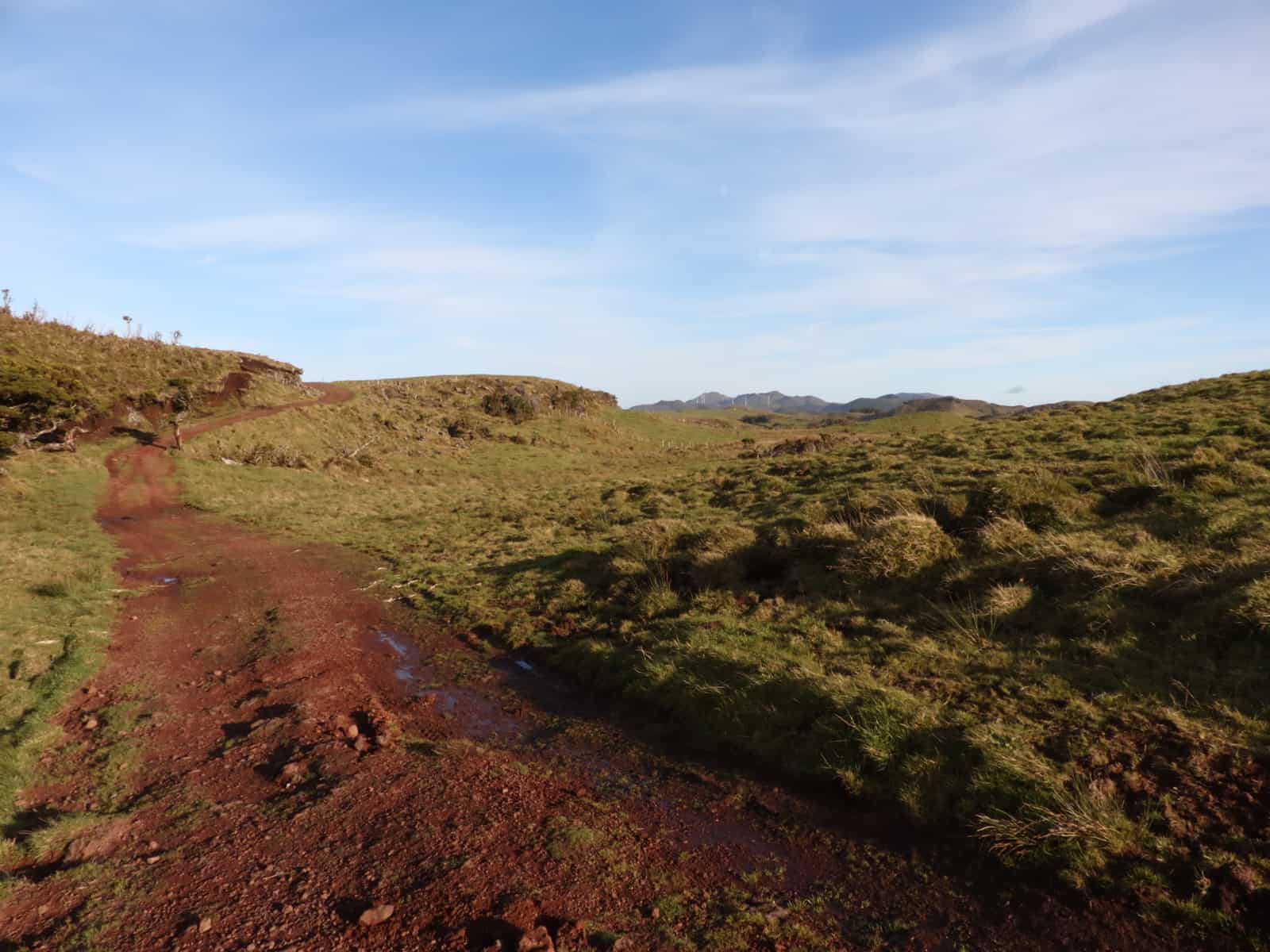

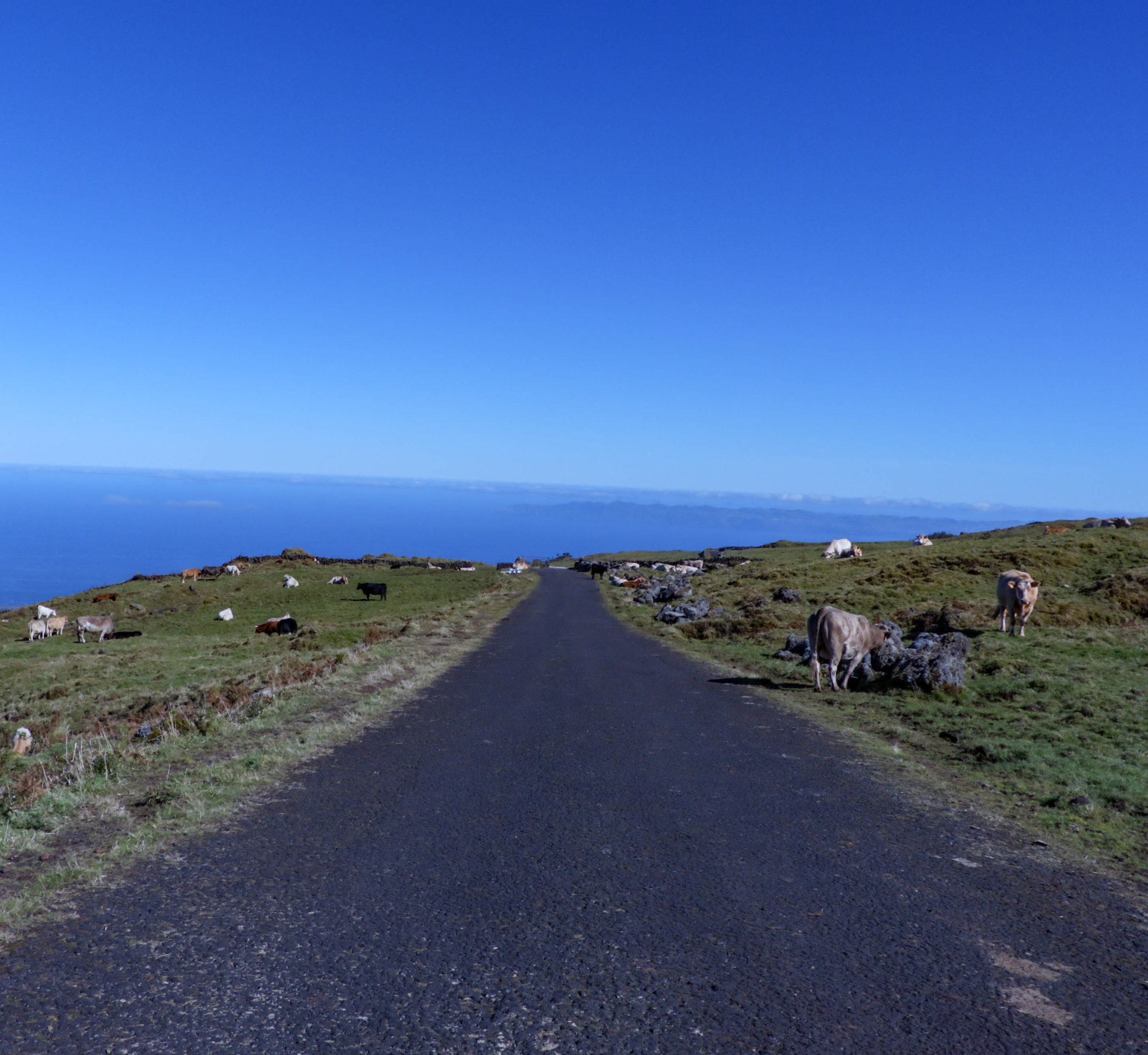

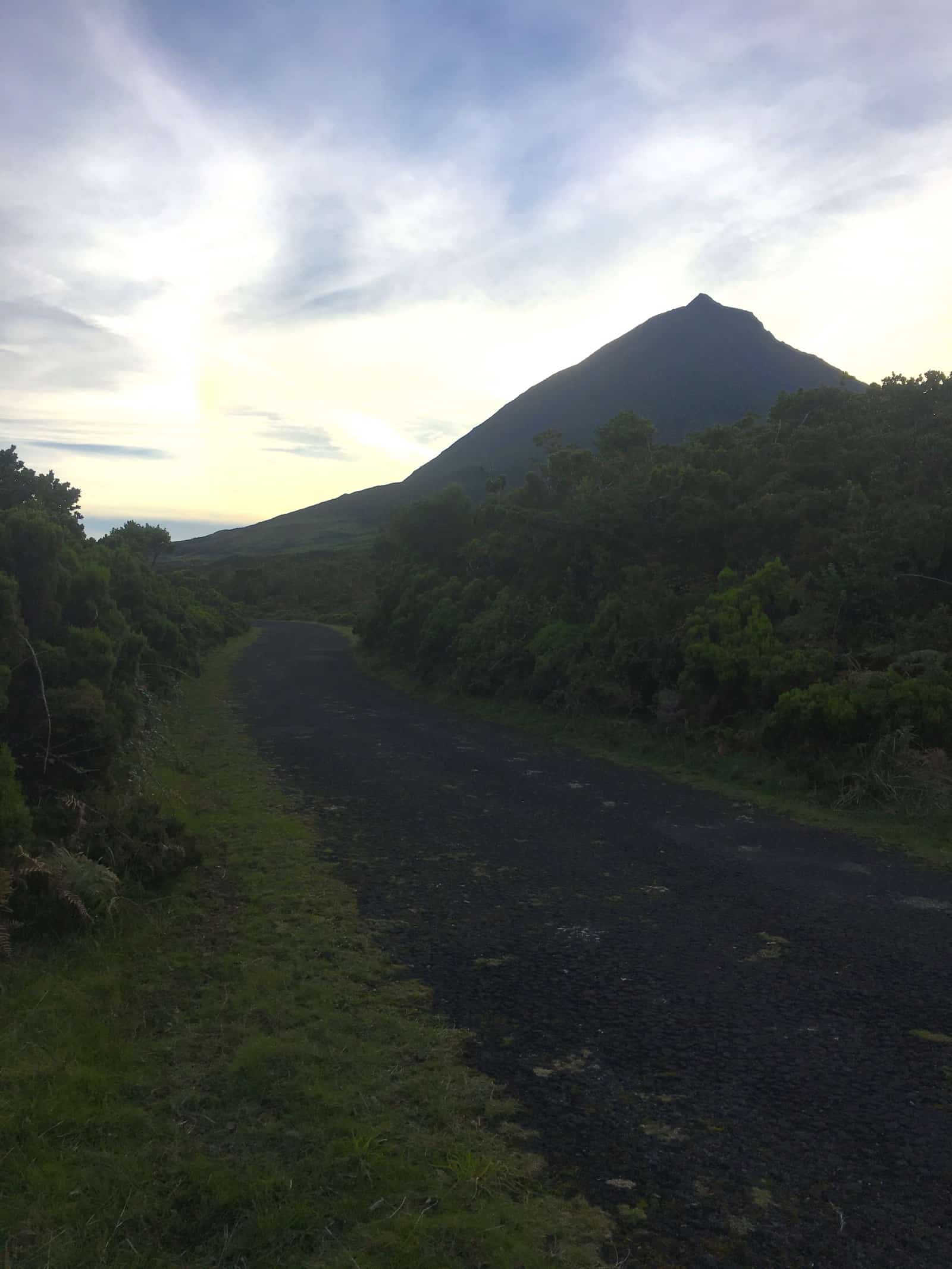
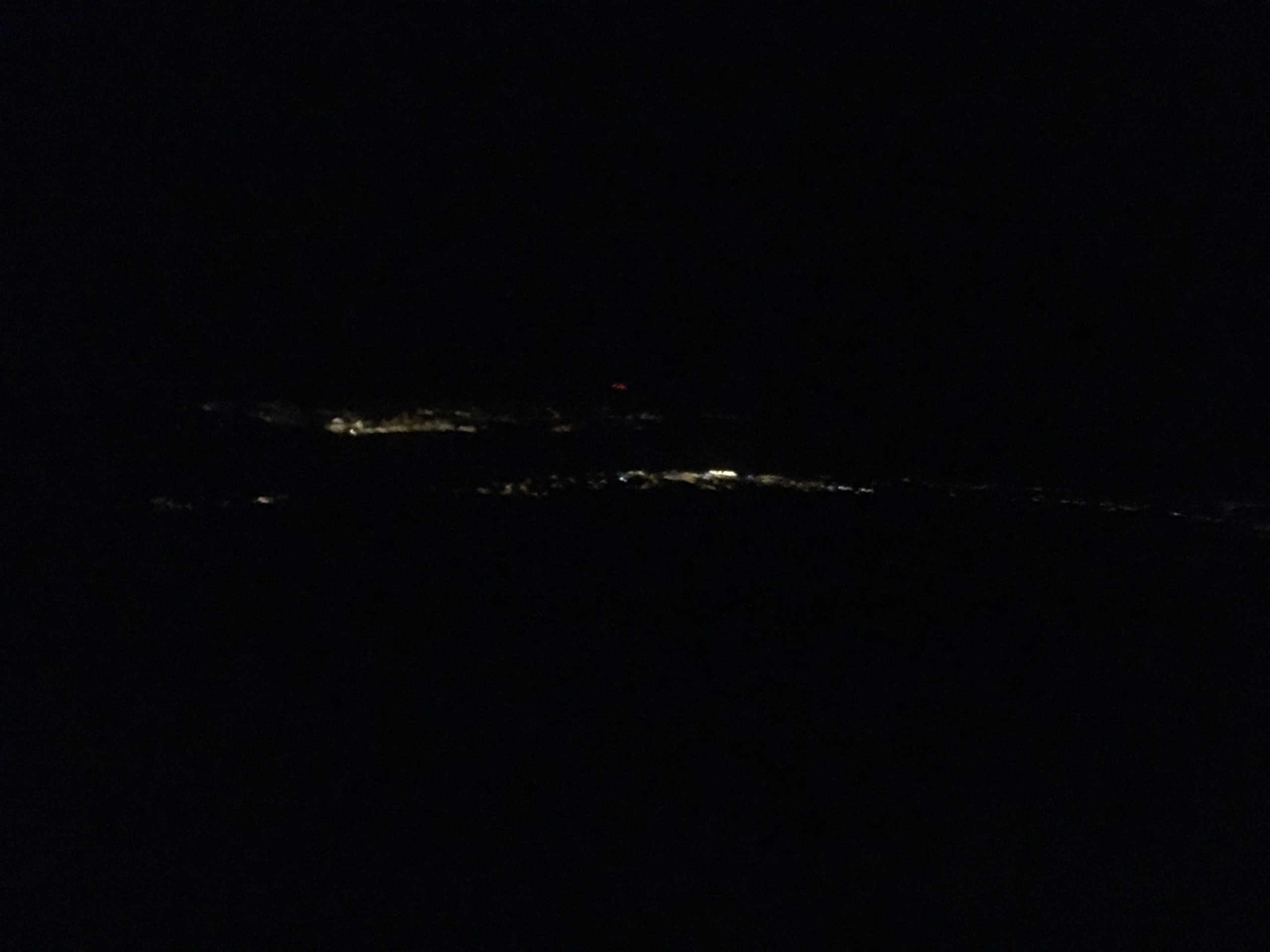
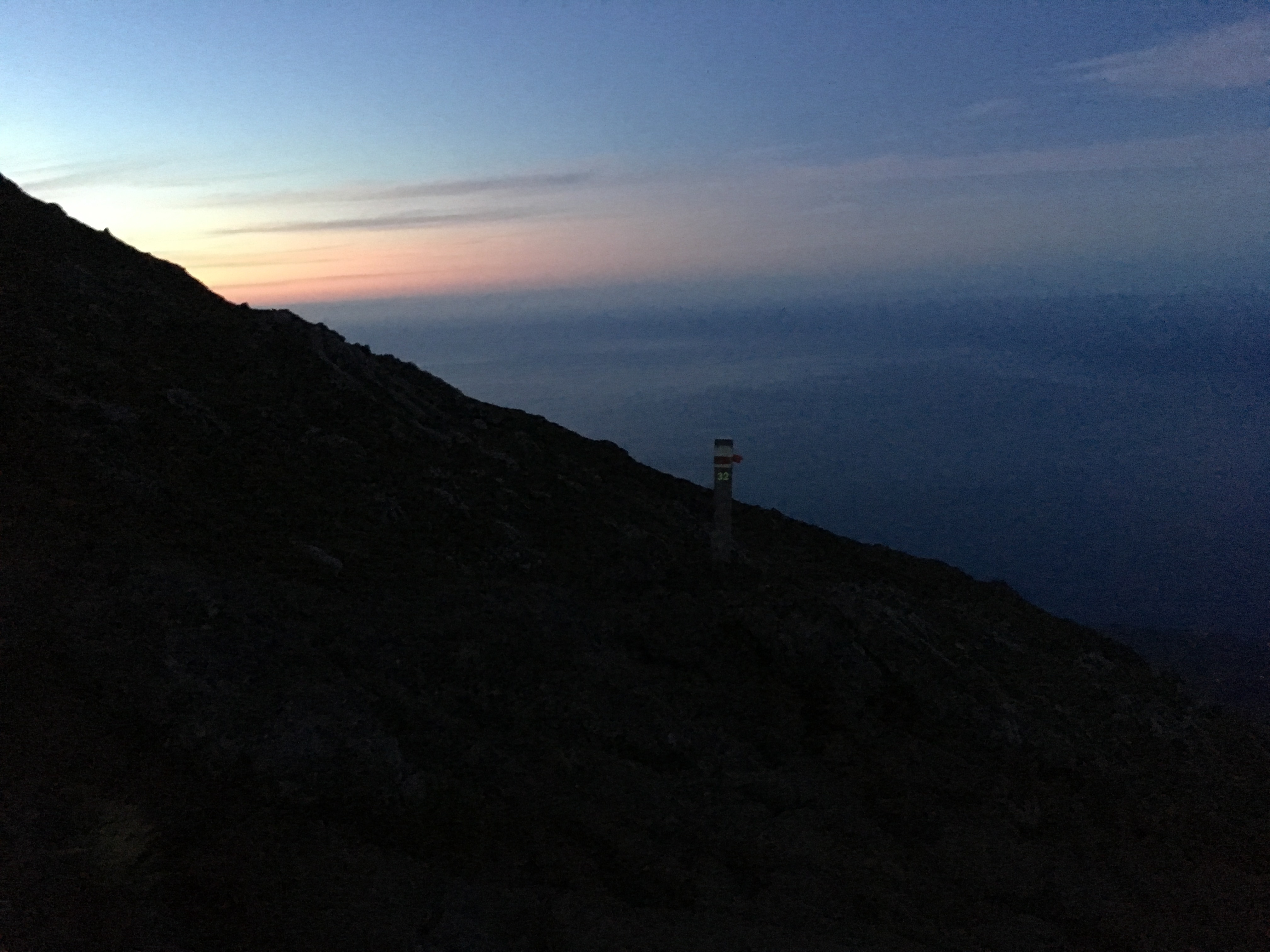
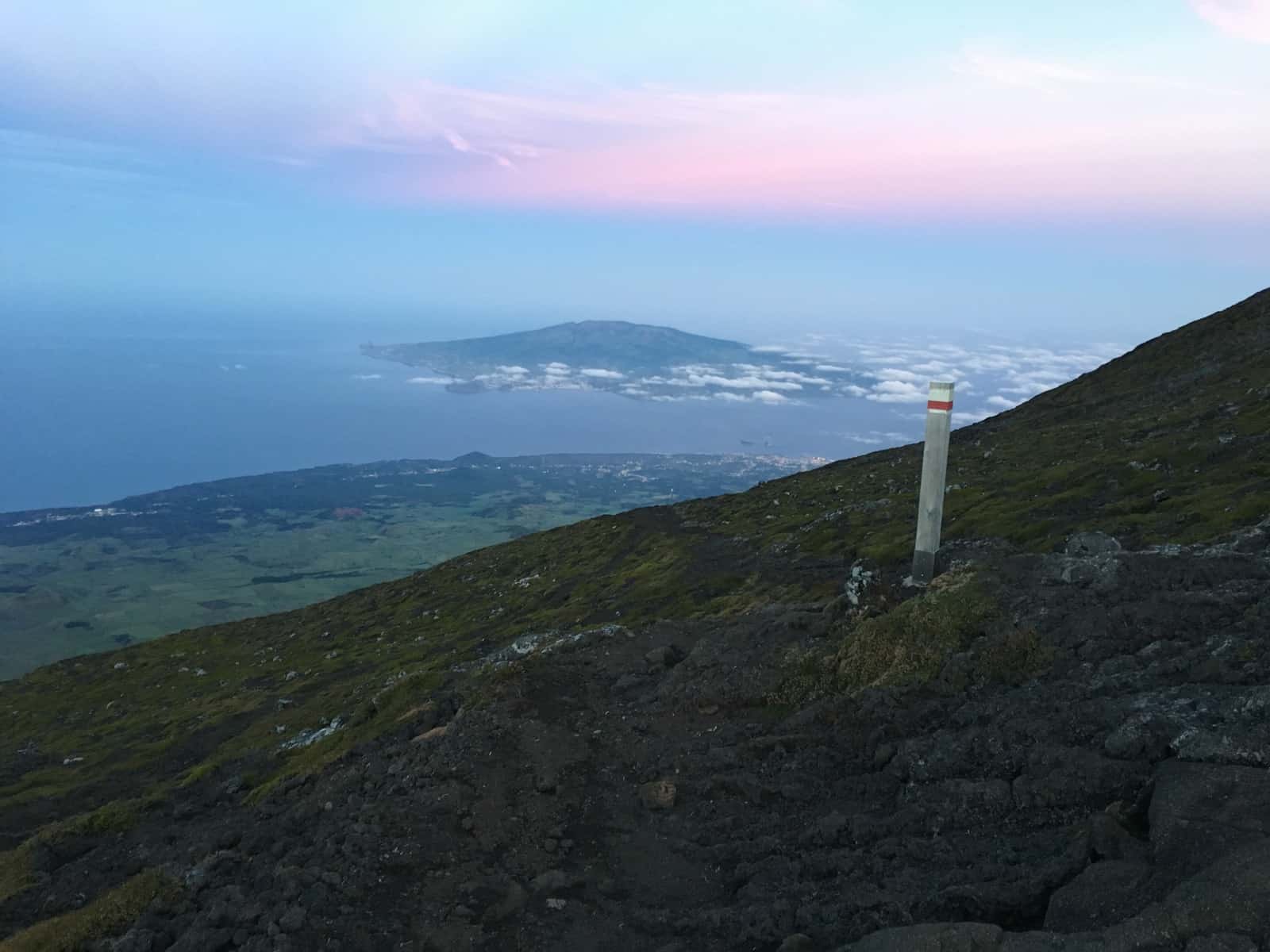
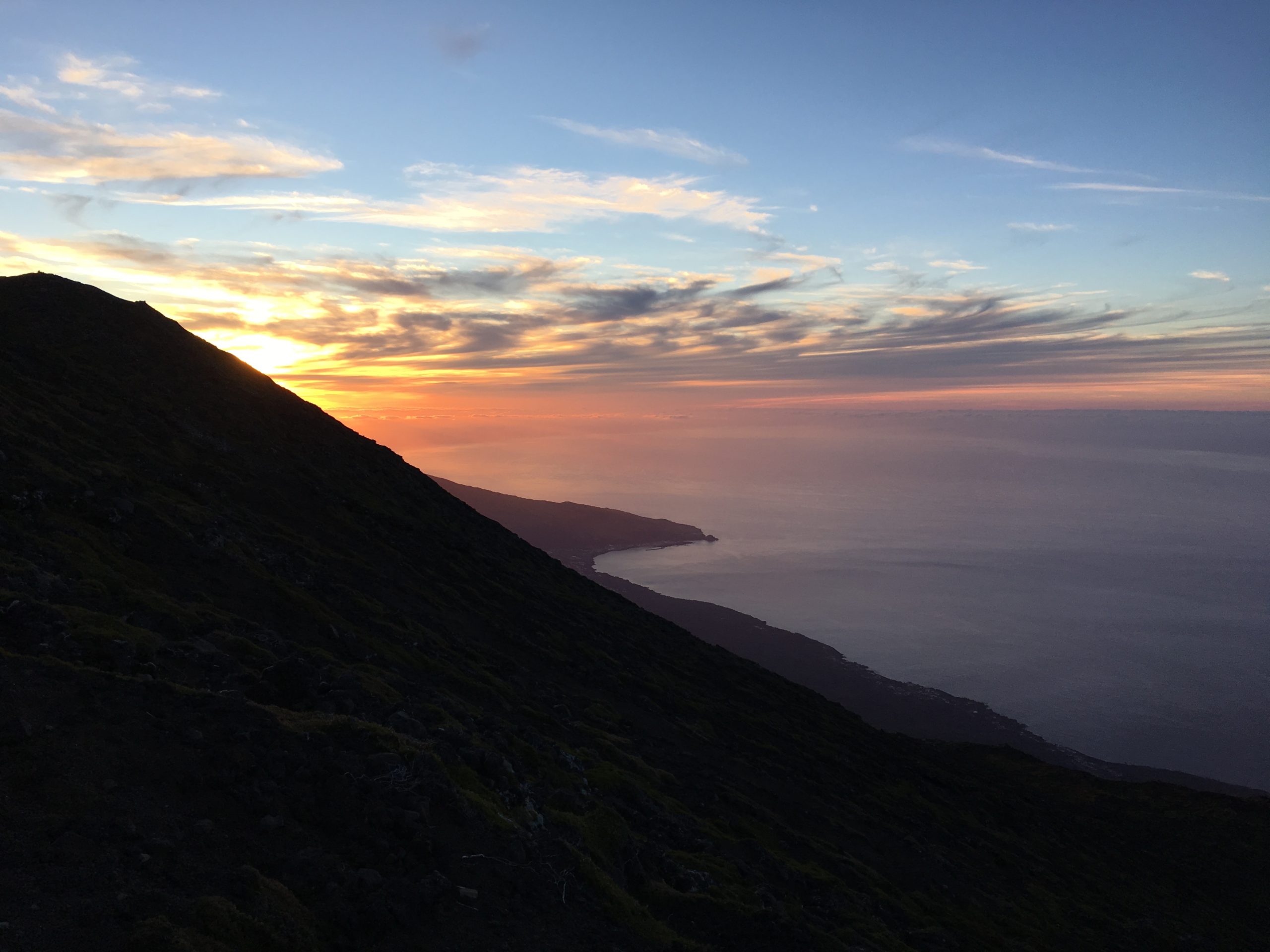
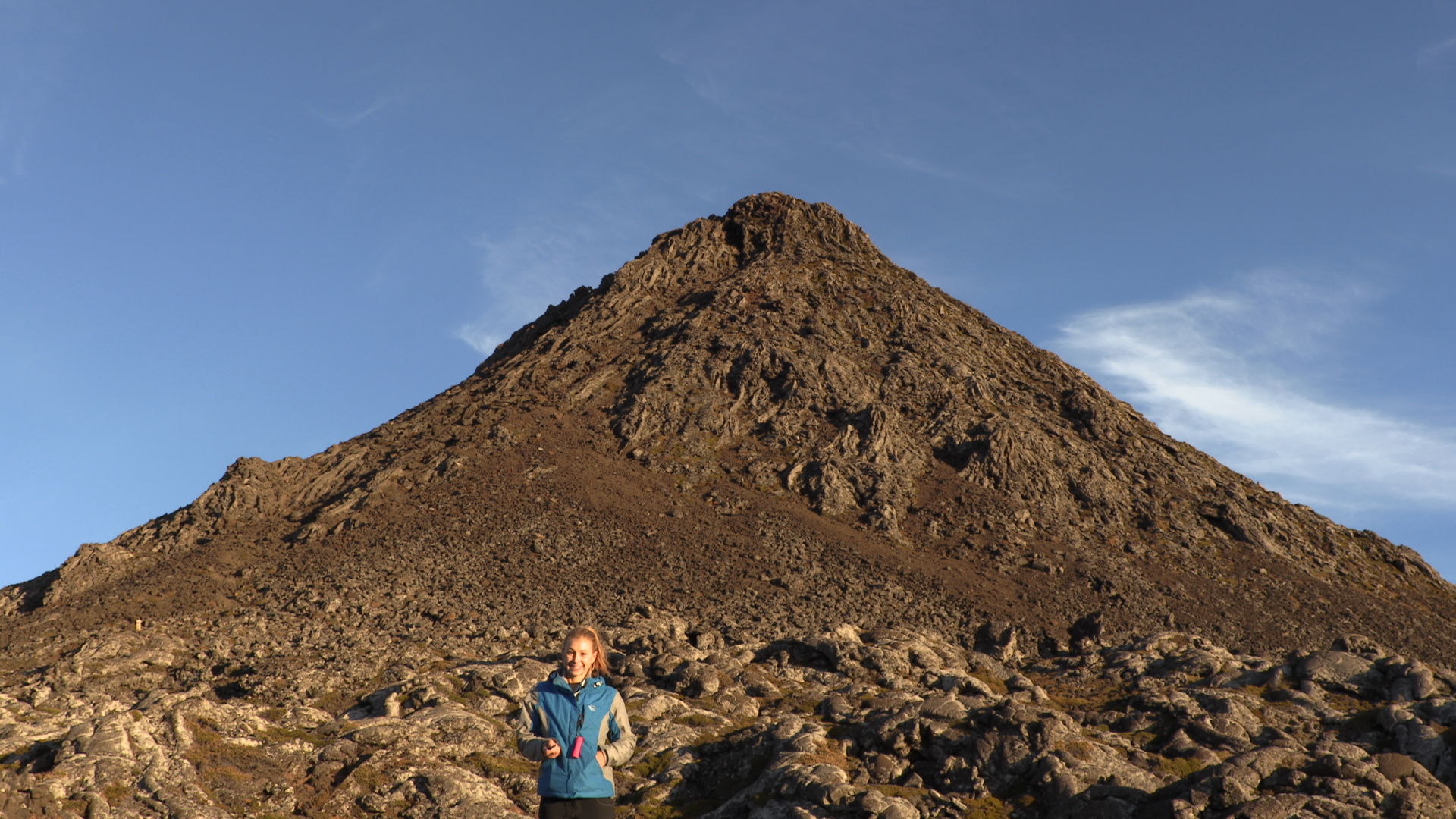
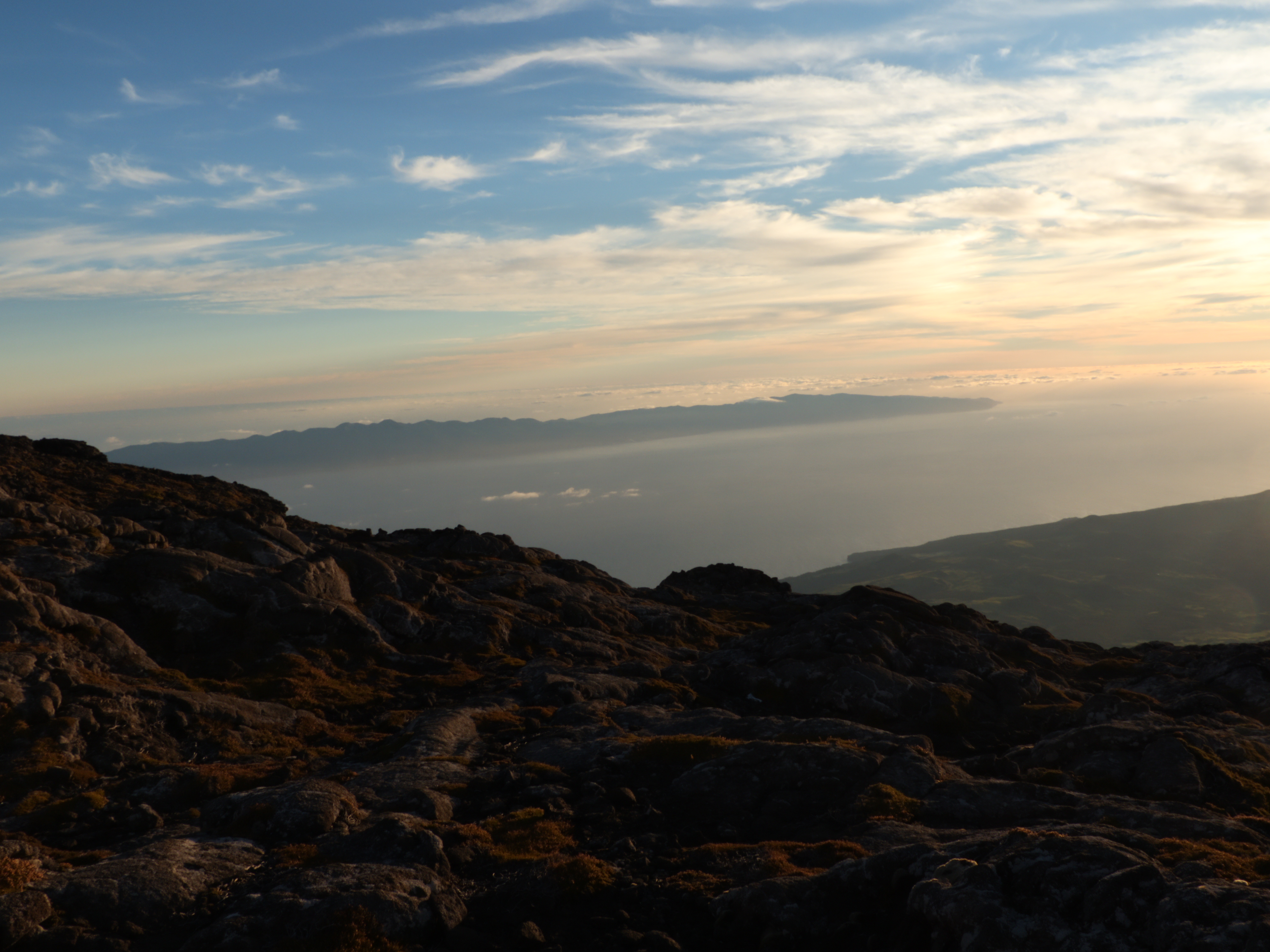

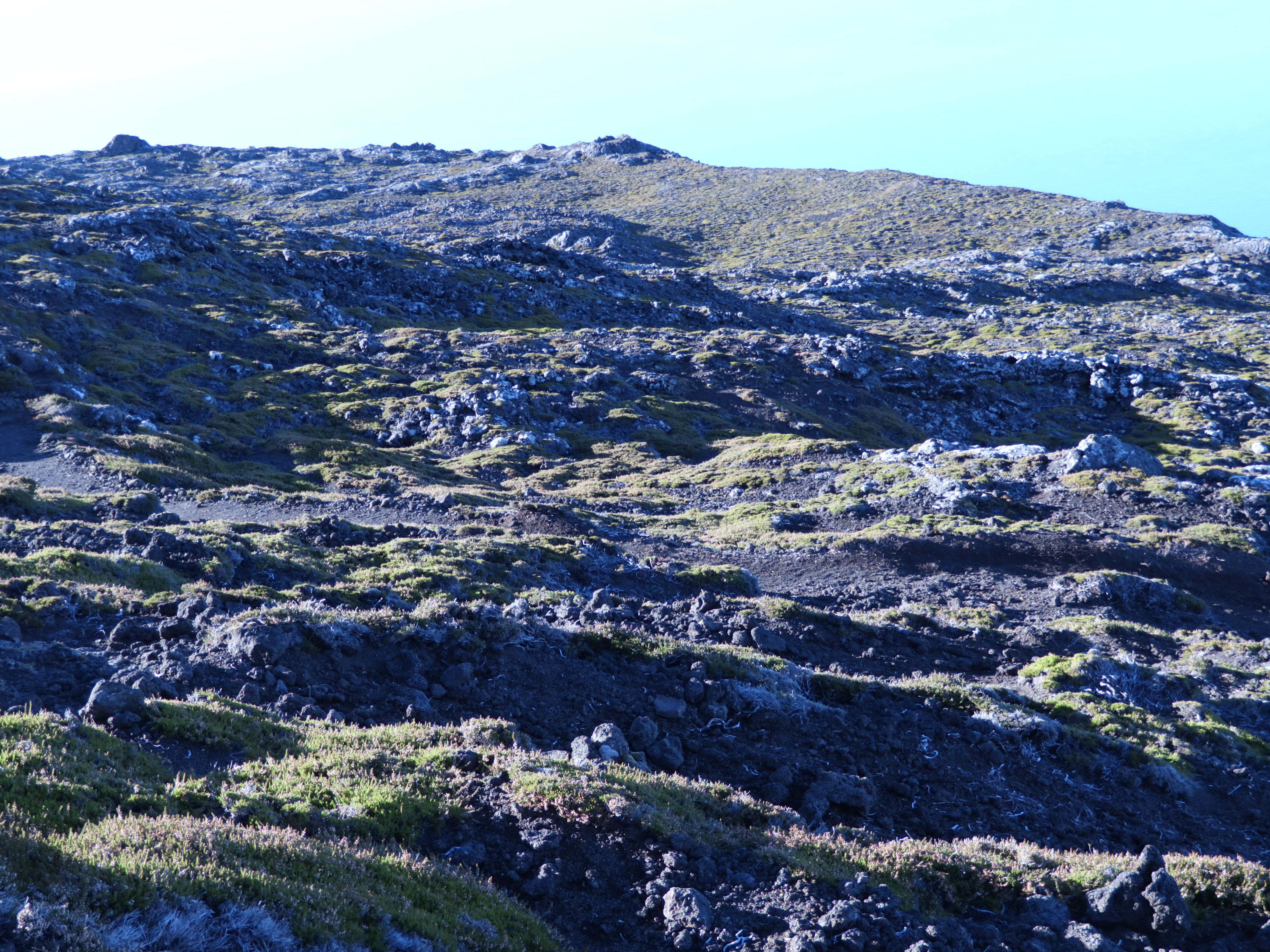

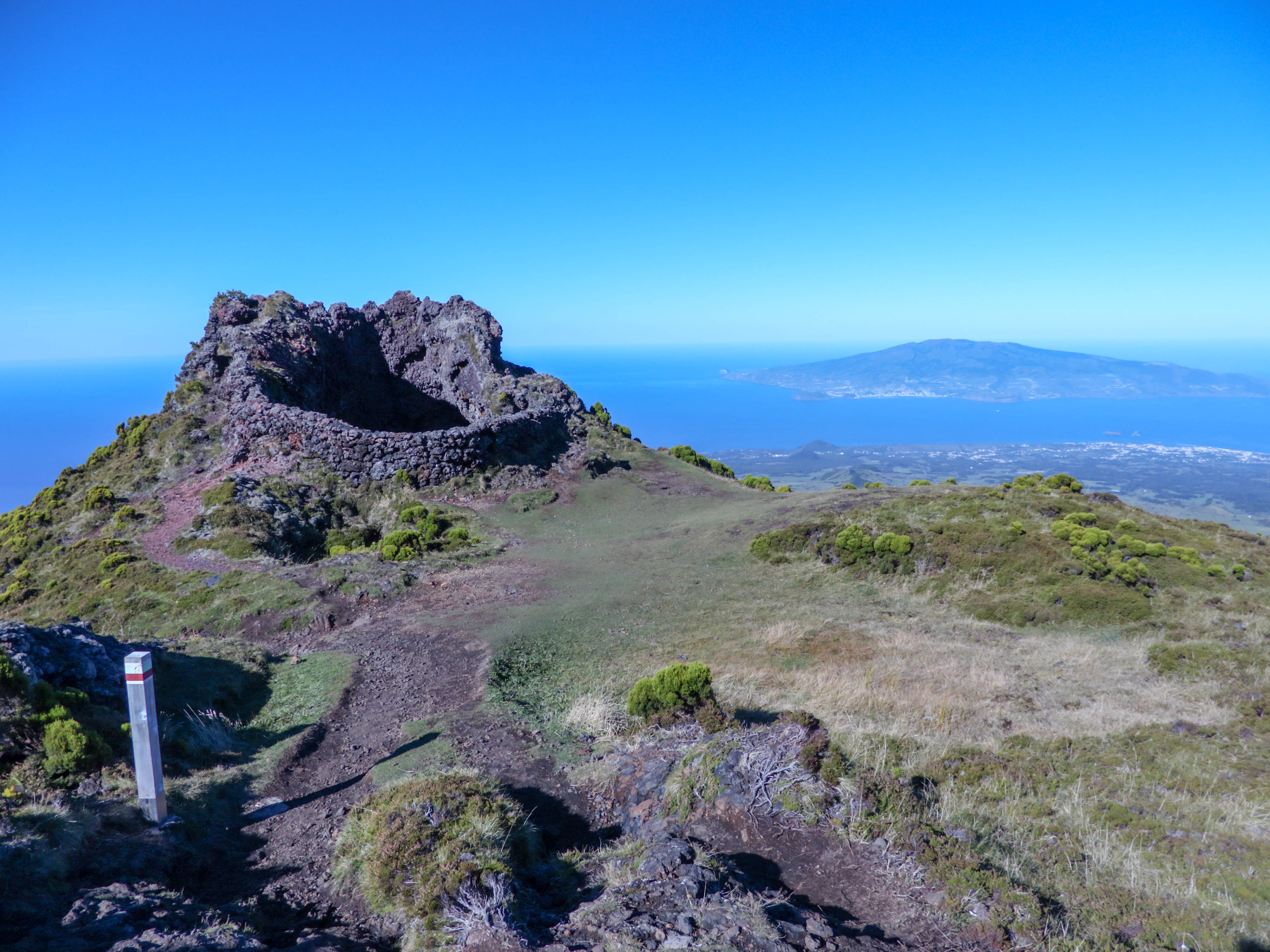

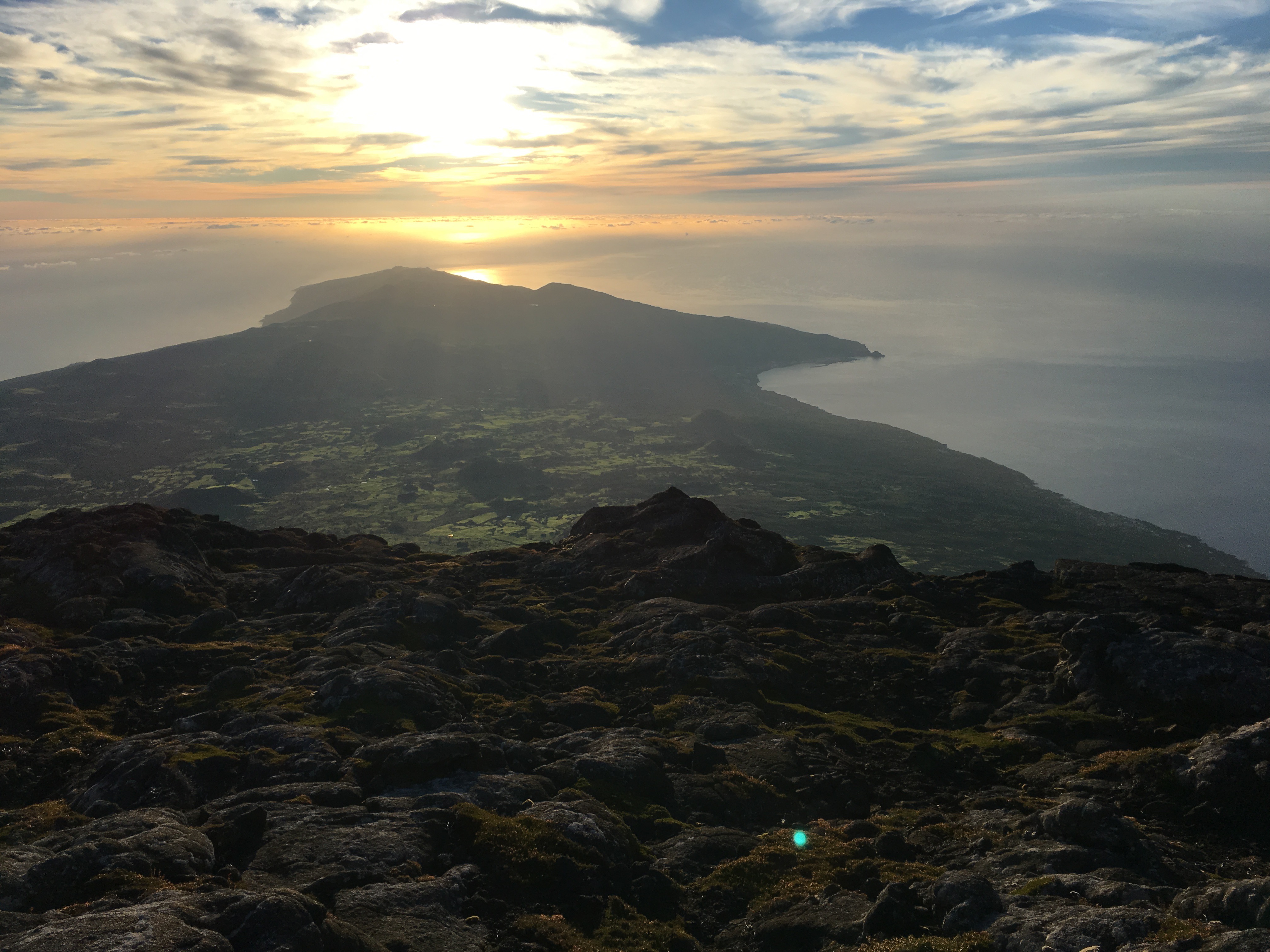
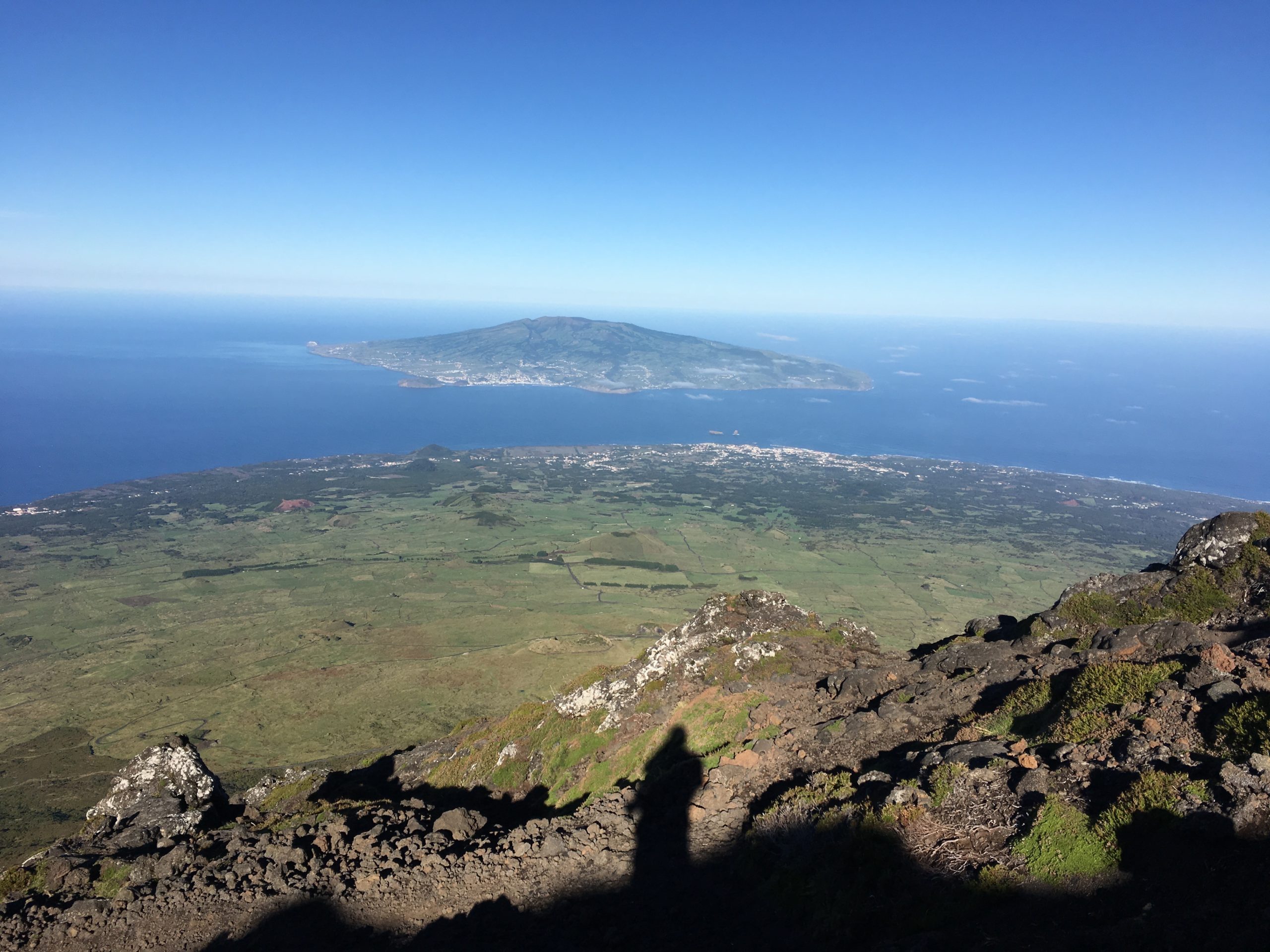
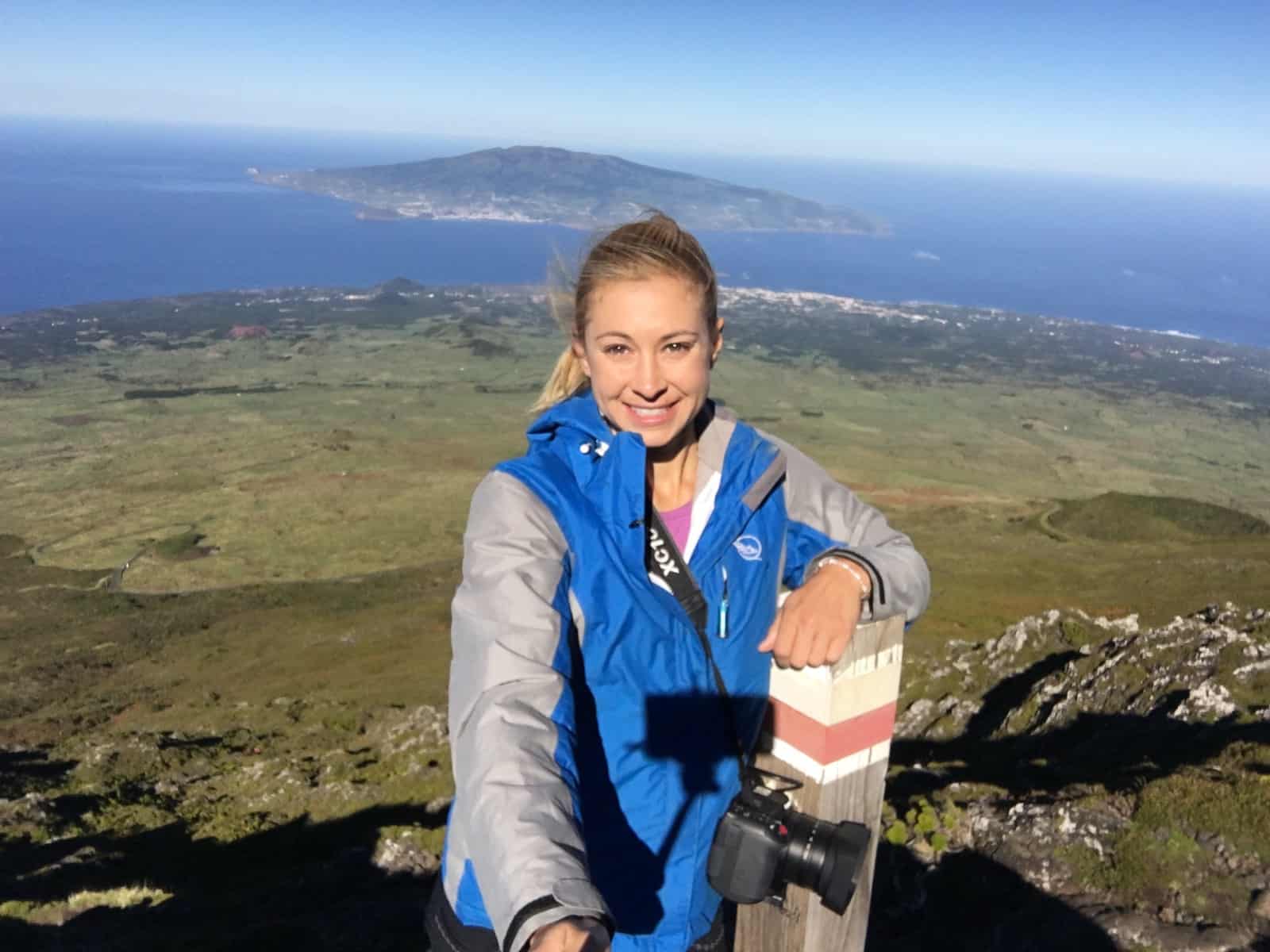
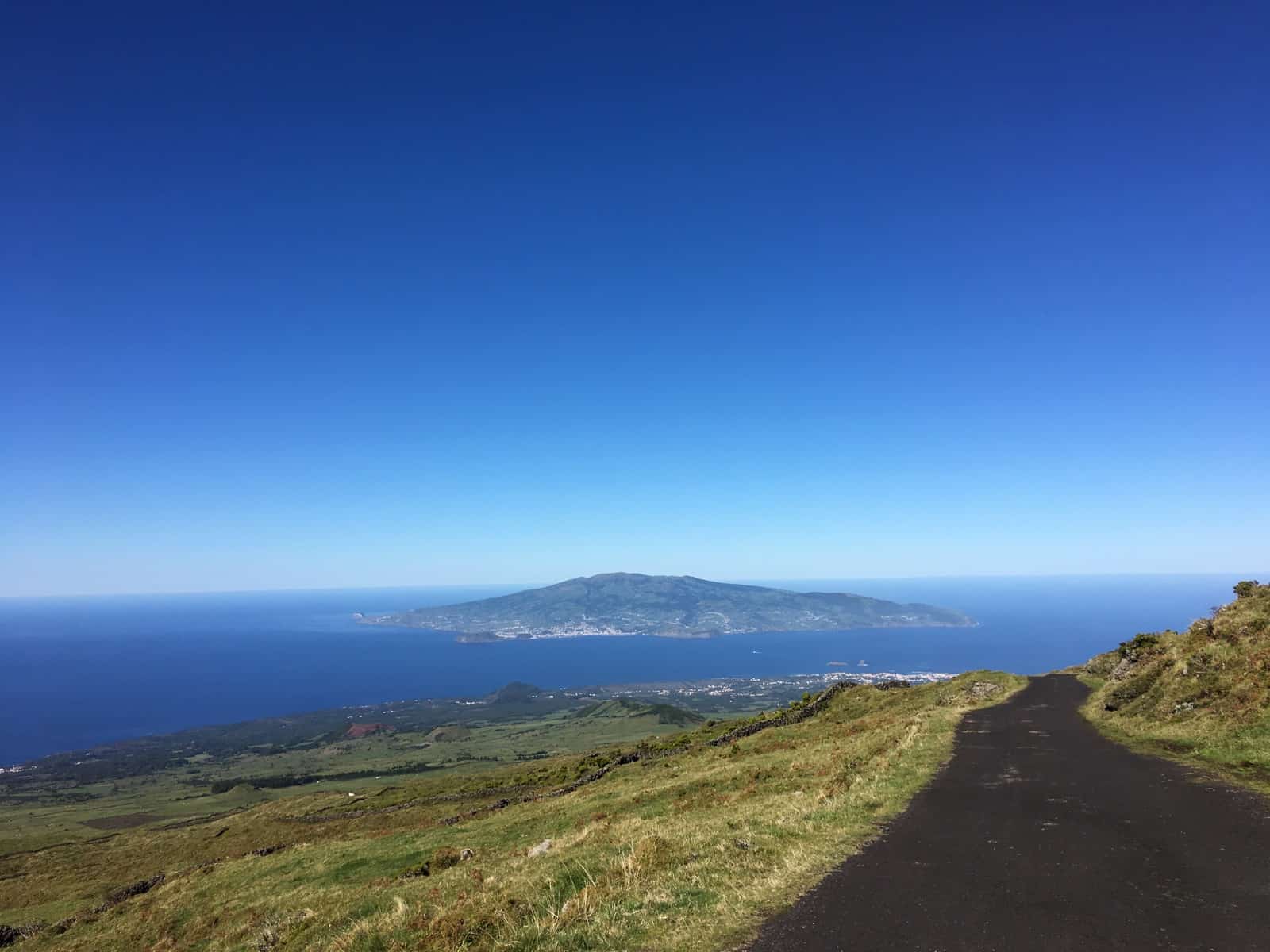
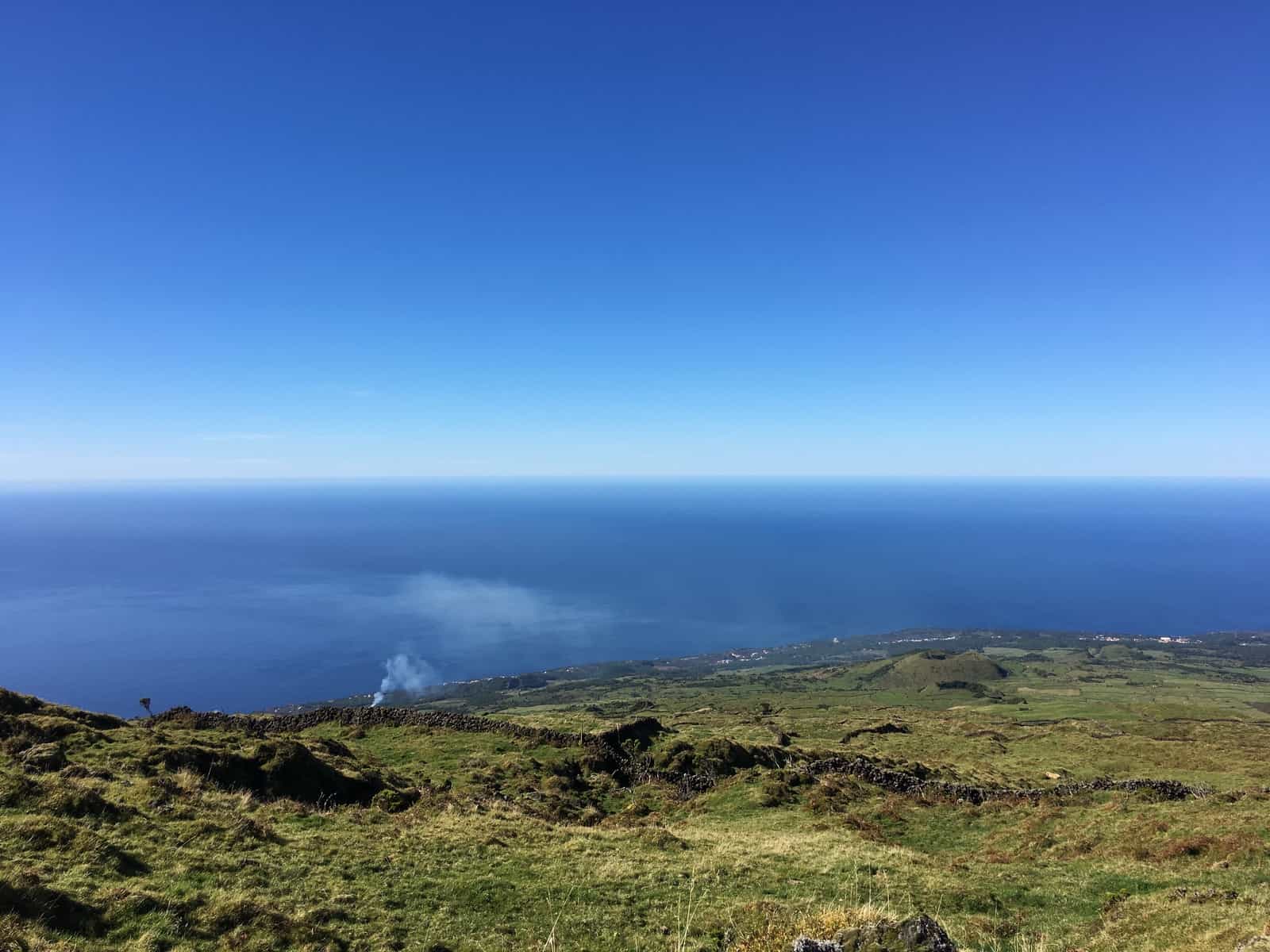

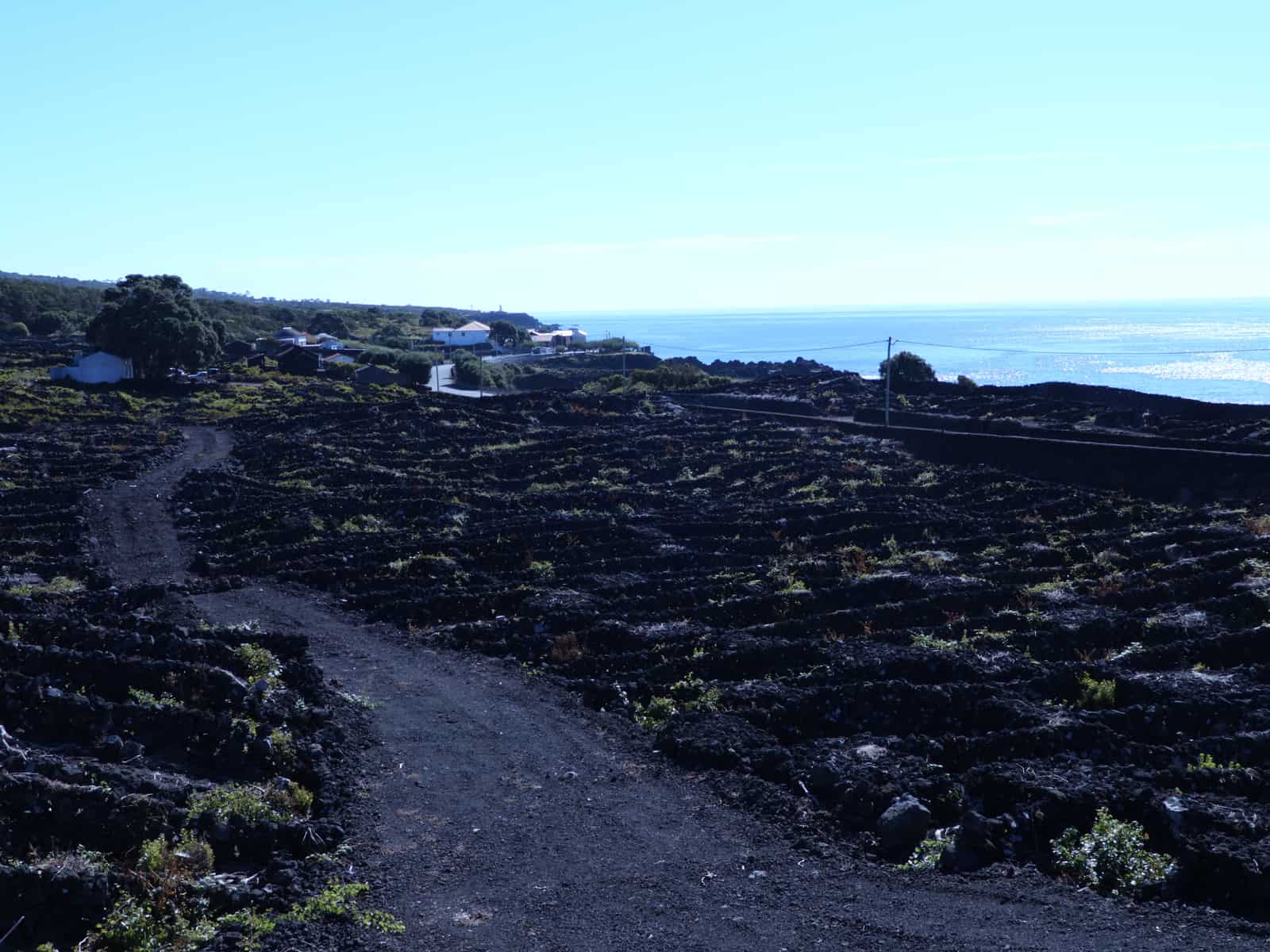

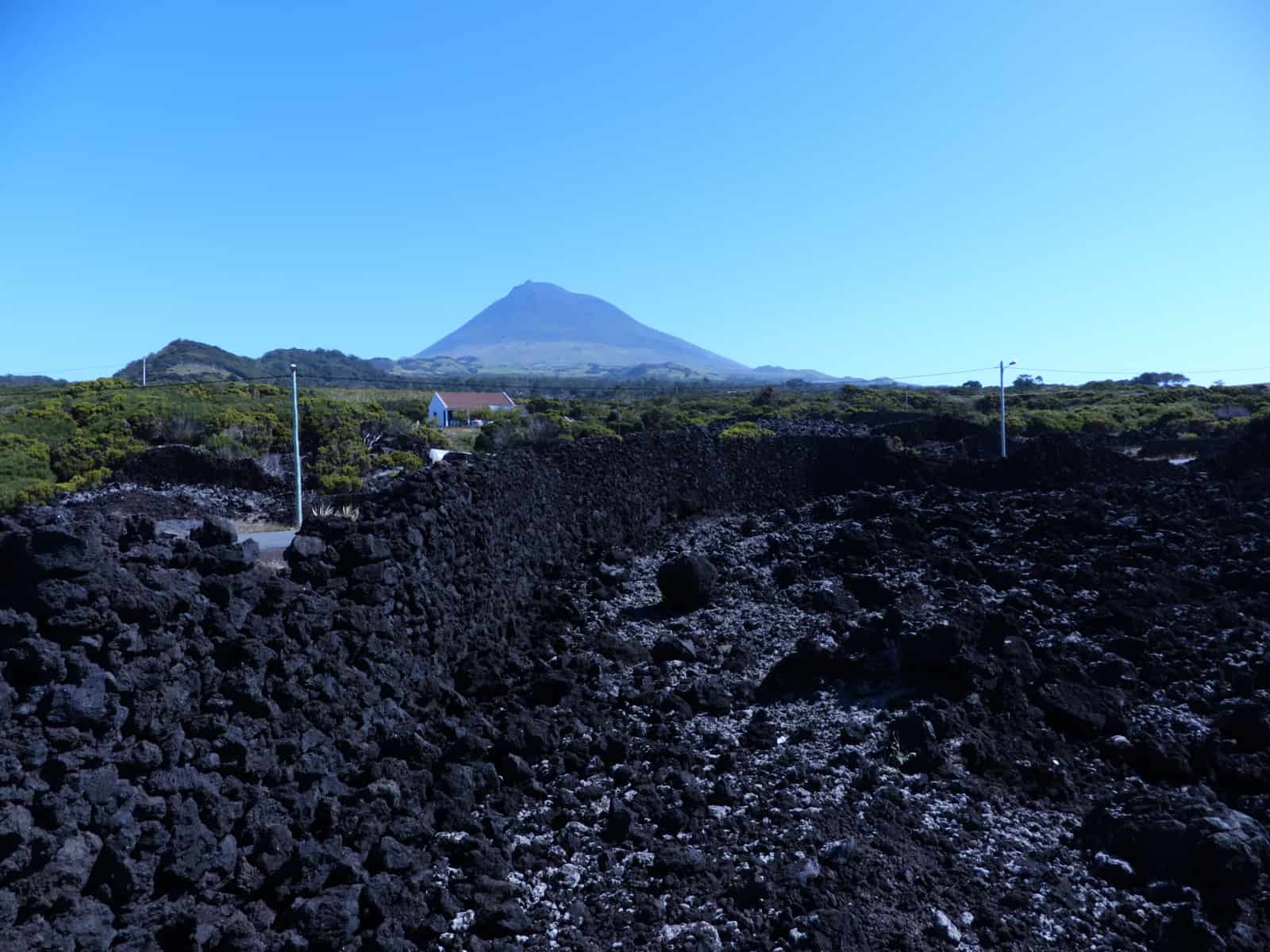
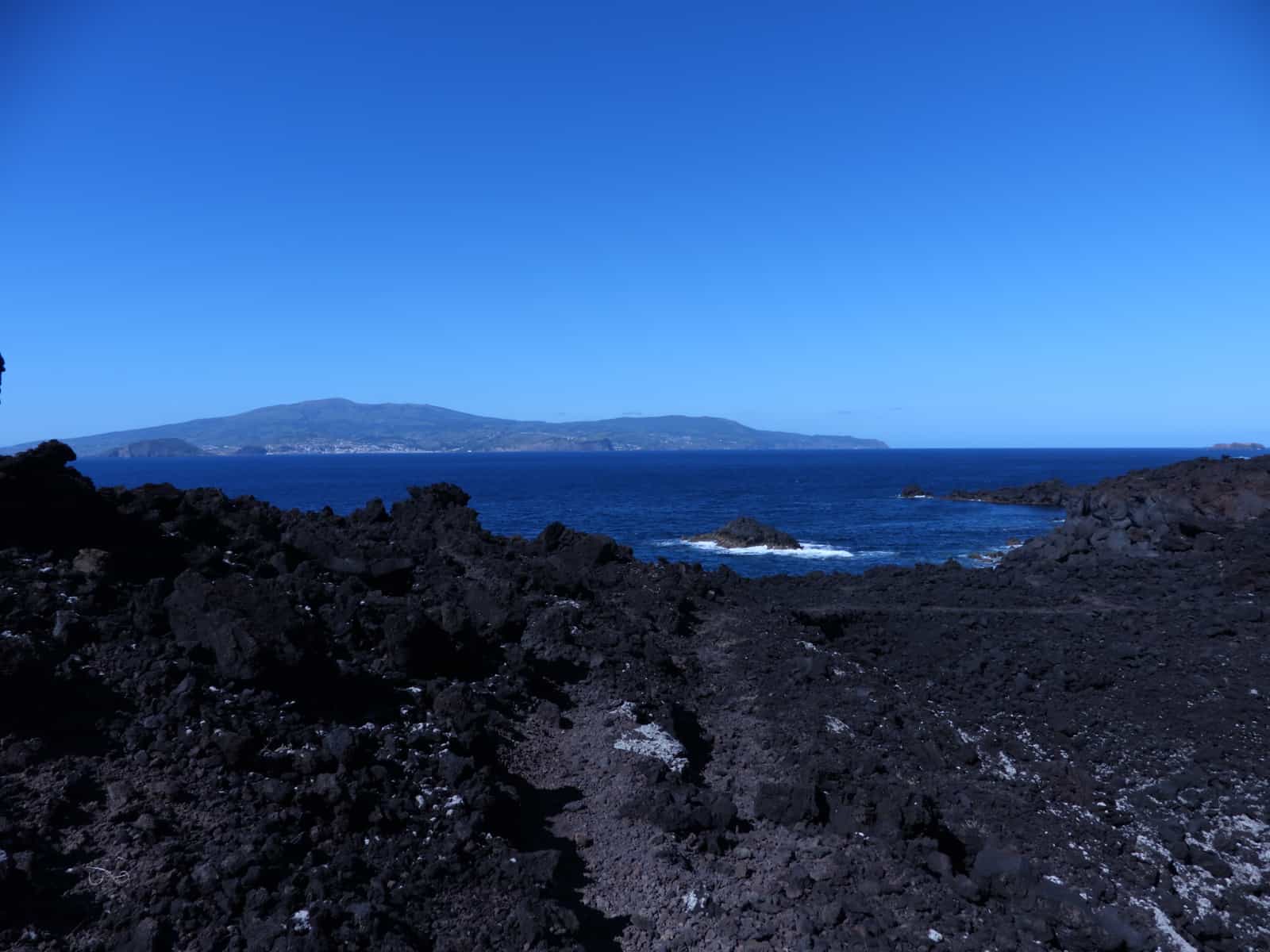


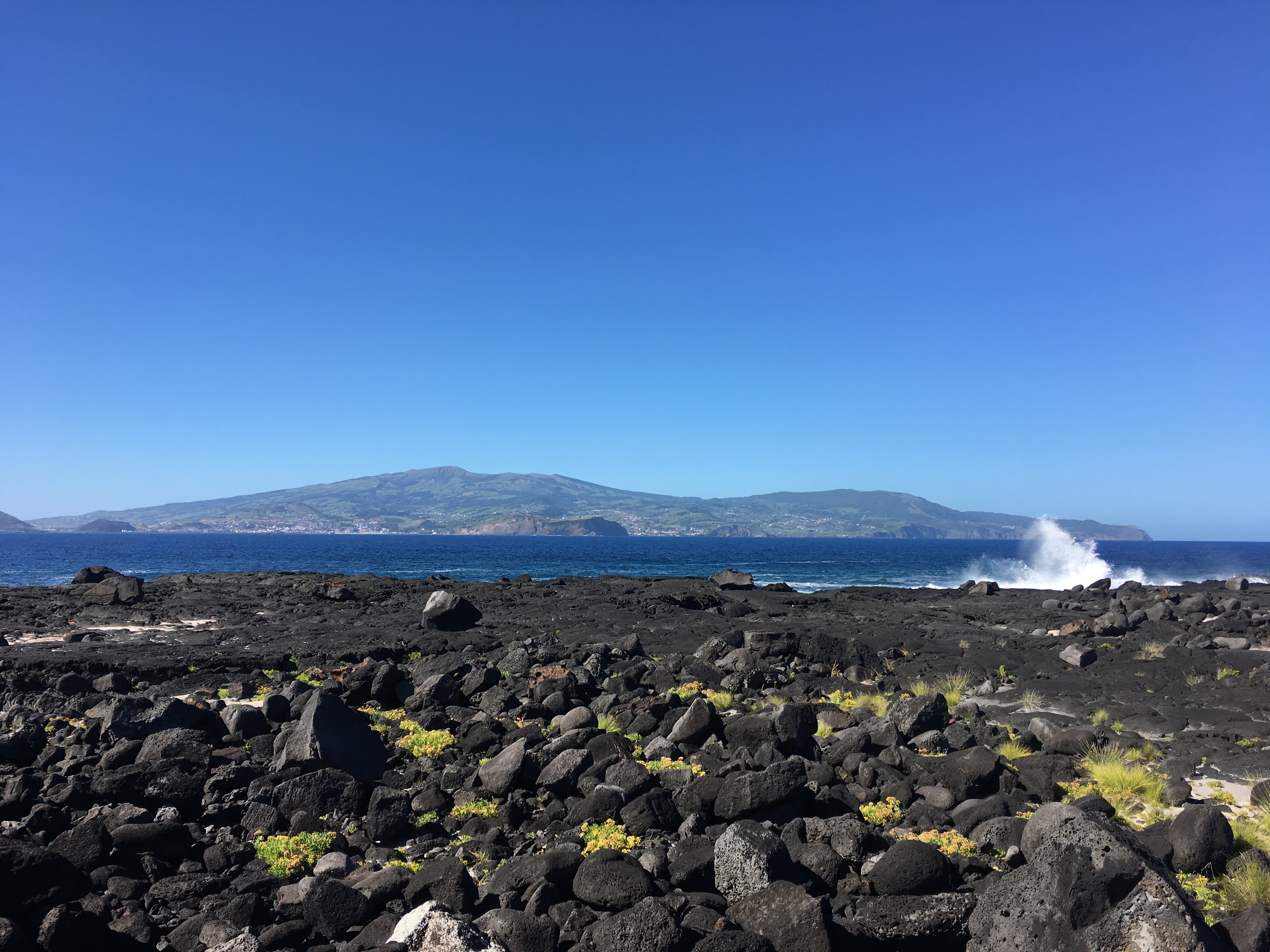





0 Comments